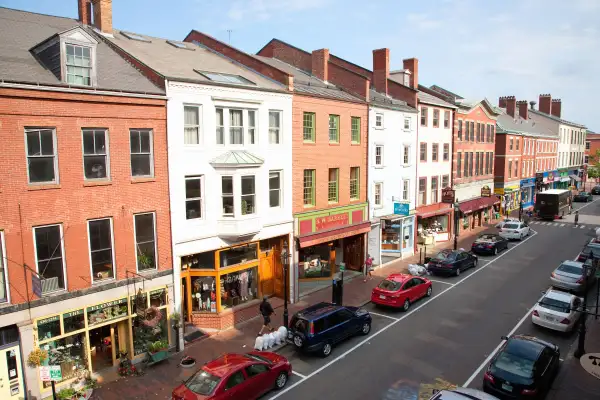Why New Businesses Don't Launch in Small Towns Much Anymore

Six years after the 2008 financial crisis, new business growth remains sluggish. A new study shows that not only did fewer new ventures launch, but those that did were concentrated in major cities, rather than in small towns and rural communities.
From 2010 to 2014 there was a net of 166,500 new businesses in the U.S., half of which were generated in metropolitan areas like Silicon Valley, Houston, Miami and New York City, according to data from the U.S. Census Bureau’s County Business Patterns program analyzed by the bipartisan Economic Innovation Group.
That’s only about a 2.3% uptick in net new business growth, much lower than the new businesses opened following the last two financial recessions. In fact, nearly three out of five counties analyzed actually reported more businesses open than closed between 2010 and 2014.
Compare that with the 1990s recovery, which recorded a 6.7% net increase in new businesses, while the 2000s recovery following the dot-com bubble saw a similar increase of 5.6%.
But not only was the rise in new business generation during this recovery smaller, the concentration of growth in major cities is unusual. During the 1990s recovery, 125 counties were responsible for half of the net total new business establishments in the country. But in the most recent recovery, only 20 counties in dense metropolitan areas generated half of the net new business growth achieved.
The 1990s recovery also showed the smallest counties added new businesses at the fastest rate. That trend slowed during the 2000s recovery -- and by the most recent recovery period in the 2010s, it reversed. From 2010 to 2014, all counties with fewer than 1 million people averaged far lower business growth rates than the national average, while those with over a million people did better.
These trends indicate that the knowledge- and technology-driven industries that fuel modern growth have very different needs from the locations in which they are founded than industries that have led growth in the past.